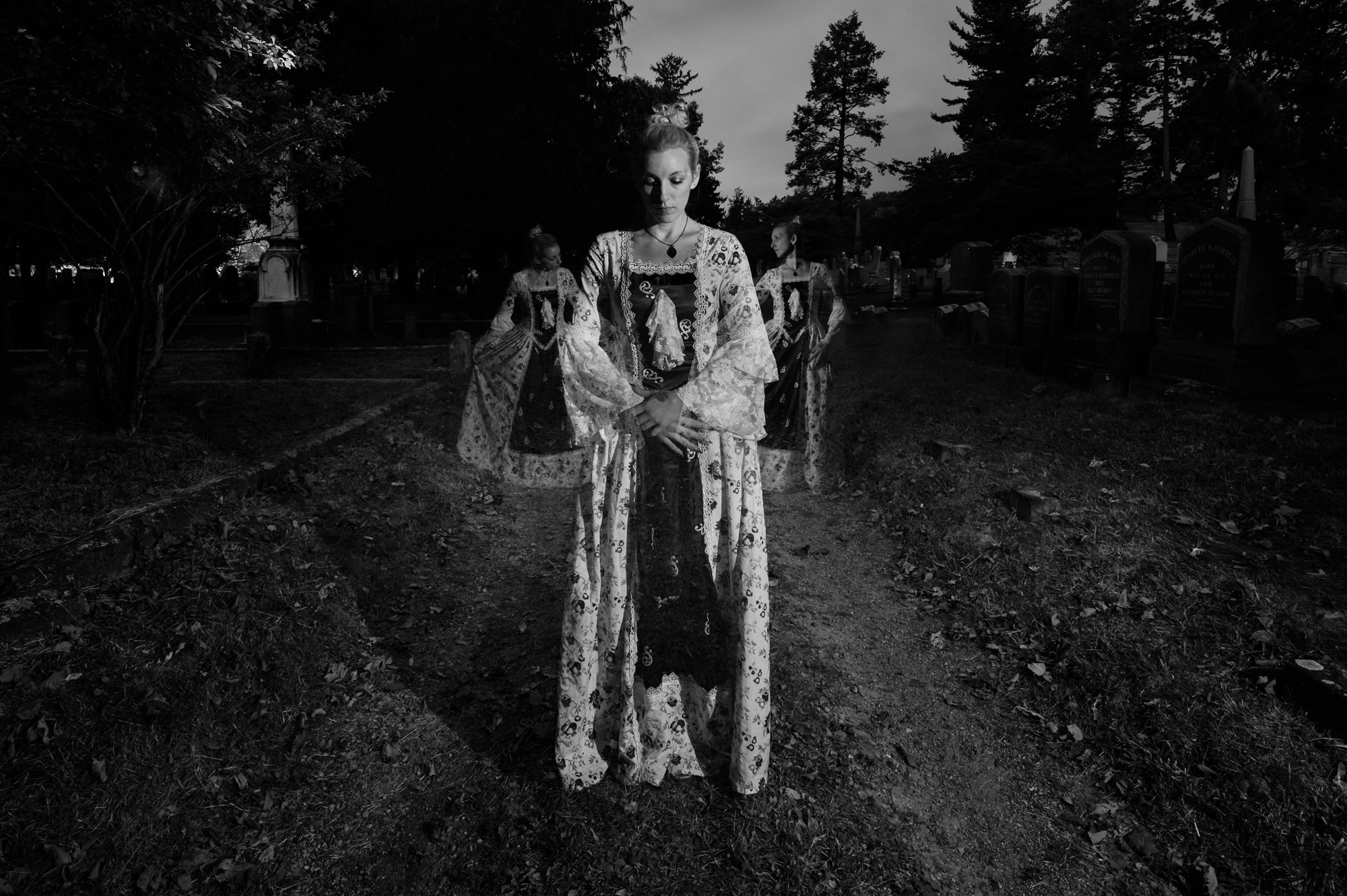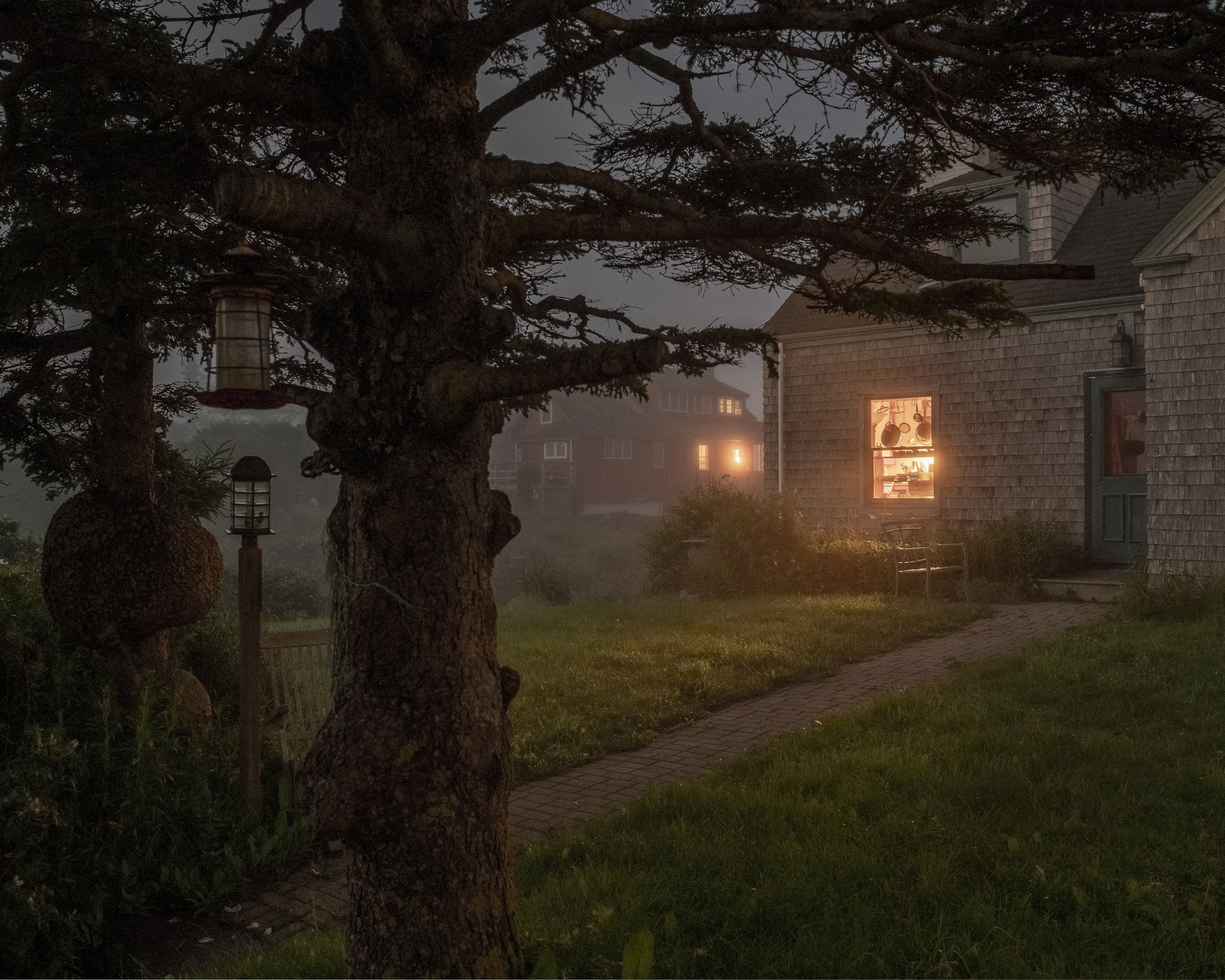One of night photography's essential tools—the intervalometer—has two main variants: wired and wireless. Which is better? When? Let's explore that.
In this post, I will refer to "classic" intervalometers. We'll cover the Bluetooth and WiFi ones in a future post. Let's quickly establish the tools covered in this post:
Wired Intervalometer
An external camera shutter control device that is hard-wired and plugs into your camera.
Wireless Intervalometer
An external camera shutter device that has a transmitter (the intervalometer) as wells as a receiver that plugs into your camera.
Now let's get down to the nitty-gritty and understand where they shine ... and where they do not.
Wired Pros
Two AAA batteries last a long time!
- One set of batteries generally lasts a long time (over a year for me).
- Only one piece means fewer failure points.
- About half the price.
- Sometimes simpler software—fewer options means fewer variables to set and navigate.
- If the batteries run out, you can always use the sliding and locking Bulb button to manually open and close your shutter.
Wired Cons
- If you don't strap it down to your tripod leg or use a caddy, the weight of the intervalometer may damage the connection to your camera body.
- To get in front of the camera to light-write or light-paint, you have to set a delay and listen for the camera shutter, or if the subject is too far away, count in your head or use another timer (such as a watch or smartphone).
- Same scenario above—no feedback about the exposure ending except for listening for the shutter (if you're close enough) or running another timer.
- If you upgrade your camera body and the connection is different, you have to get another intervalometer—the cables are hard-wired and not interchangeable.
Note the wired has only the top row of functions, while wireless has both top and bottom rows of functions. (click/tap for larger view)
Wireless Pros
No stress on top of the camera!
- Having the intervalometer with you at all times allows you freedom to trigger and walk away while still seeing the total exposure time/total exposure count.
- You can trigger from the safety (and warmth or coolness) or your car or tent.
- The receiver traditionally sits atop your hot shoe, which means no stress on the connection to your camera body; even if not on your shoe, it's usually very lightweight.
- You can trigger with great precision when doing light writing, light painting or getting crazy with a Pixelstick, catapulting glow sticks or whatever your genius brain devises.
- The wireless version usually can be plugged directly into a camera without using a receiver—a nice option to have when you just want to stand by your camera.
- Because of the wireless design, you can get one intervalometer and many different cables—this can be useful if you upgrade your camera body, or want to loan it to a fellow night photographer.
- If the batteries run out, you can always use the sliding and locking Bulb button to manually open and close your shutter.
Wireless cons
Switch-hitter: Swap cables when changing cameras!
- If you happen to walk too far away from your camera, the exposure program stops—OOPS! Why? Because the transmitter is constantly broadcasting shutter control information to the receiver.
- Two sets of batteries to maintain, which also may drain at different speeds, and may even be different types (e.g., alkaline, NiMh, etc.).
- Since the transmitter broadcasts information all the time, plus has to operate a radio, the batteries don't last as long as with a wired intervalometer.
- Some wireless intervalometers have two sets of menus, and the default is what I call "daytime mode"—when you want to get to the part of the menu for long and interval exposures, you have to remember (every time) to use the cross pad to get to it.
Wrapup
There are many tools to fit many situations—never one perfect tool. So choose wisely when gearing up for your night photography, including which intervalometer to purchase or to bring along.
On that note, I use only wired intervalometers. I prefer them for many of the pros listed above. And at half the price, a backup isn't a painful investment.
Want to learn more about intervalometers? Check out our blog post/screencast about mastering them.
















